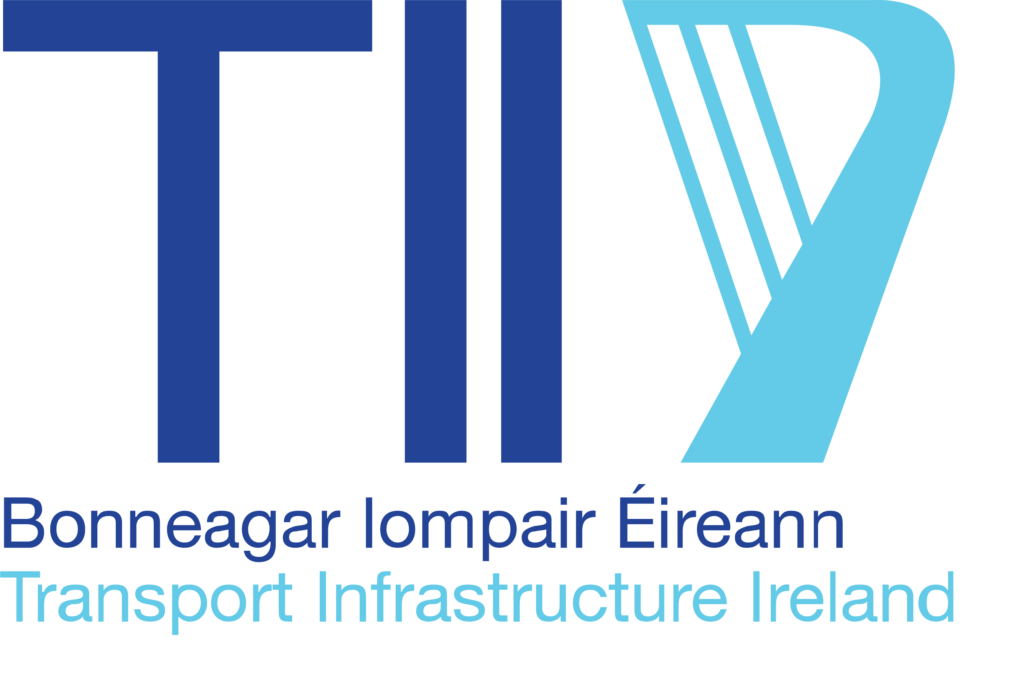What is NR2040?
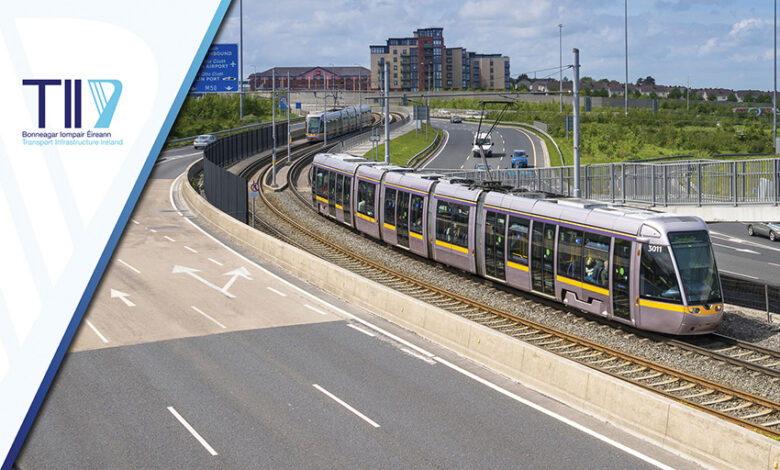
The national road network in Ireland is over 5,300km in length and is made up of motorways, dual carriageways, and single lane roads. This represents an asset value of €31 billion. The network facilitates personal travel and carriage of goods and services. It provides access to a wide range of activities including health, education, employment, tourism and services.
National Roads 2040 (NR2040) is Transport Infrastructure Ireland’s (TII) strategy for the national road network to 2040. It is TII’s response to Project Ireland 2040, which envisages an extra one million in population by 2040. NR2040 aligns with the Department of Transport’s approach to transport investment, the National Investment Framework for Transport in Ireland (NIFTI).
In recent times, Ireland has witnessed major change in travel behaviour due to new trends such as working from home, online purchasing, increased active travel, micro-mobility, rising energy costs, climate change and biodiversity loss. These recent significant societal changes have influenced NR2040.
In developing NR2040, we set ourselves four objectives and an overriding vision.
TII wishes to promote the safe and efficient movement of people and goods, reflecting our Roads Act obligations. We have put the three pillars of sustainability at the core of the strategy. We also recognise the different users and user needs across the country. The final objective around management of the network as a key public asset reflects the reality that TII has largely moved from being a roads infrastructure developer, to being a manager and operator of the national roads network. Overall, this strategy represents TII’s vision of how the national road network can evolve, with the movement of people and goods, safety and accessibility central to this evolution.
An evolving transport network
While TII has an ambition of a safer, greener and more efficient national roads network, how this ambition is realised will differ according to the local context. In rural Ireland, where other transport options can be limited, the car plays a vital role. A shift to fully electric vehicles will reduce carbon emissions significantly for these rural trips. Where there are good public transport connections to towns and cities, TII can support efficient movement of people through provision of priority lanes for buses. On other parts of the national road network, where typical trip distances on national roads are small, TII can support a shift from cars to cycling though provision of active travel infrastructure. TII can also ensure that busy national roads do not form barriers to walking and cycling journeys by implementing measures to address severance.
With population growth anticipated in Ireland, if historical transport behaviour and transport infrastructure and services provision were to continue, we would have a significant increase in both car ownership and kilometres travelled by vehicles. In developing NR2040, TII considered a number of challenges including population growth, climate change and biodiversity loss. The strategy is not a ‘predict and provide’ approach where new road-space is supplied in response to increasing demand.
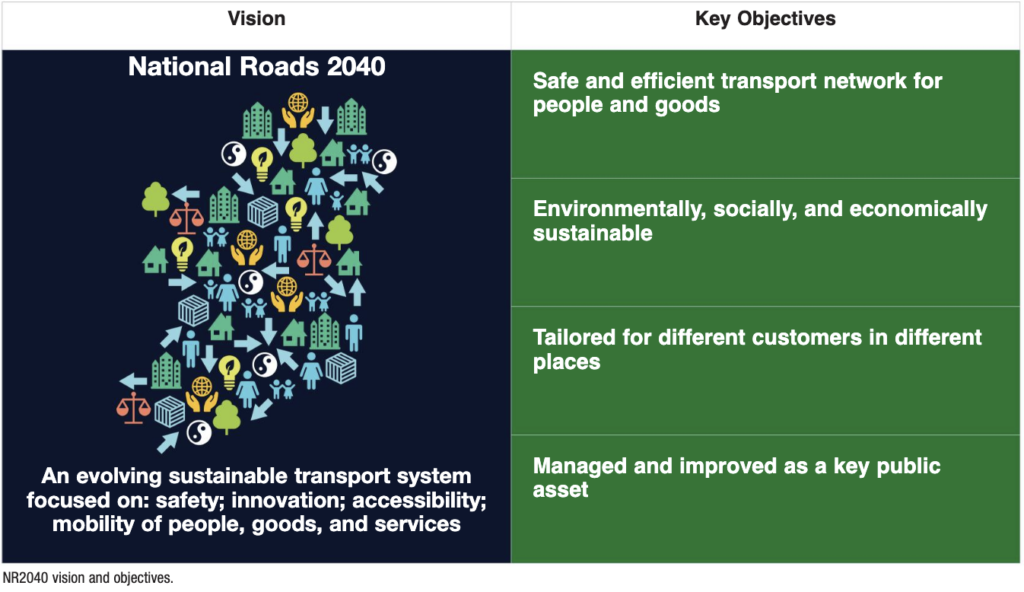
There is a need for more efficiency in our use of existing road-space. Given that single-occupancy car trips are a predominant feature of the current transport system, national road users must be provided with meaningful transport alternatives that will result in more efficient use of road space. NR2040 identifies that this can be achieved through implementing multiple measures: better walking/cycling infrastructure, opportunities for park and share/park and ride, better integration of transport modes, and priority lanes for bus and truck in certain locations.
NR2040 priorities: Investing in the future
Future transport investment on the national road network will be delivered through identified investment priorities and portfolios. These are decarbonisation, protection and renewal, mobility of people and goods in urban areas and finally, enhanced regional and rural accessibility. The four NR2040 investment priorities and portfolios align fully with those in the Department of Transport’s NIFTI.
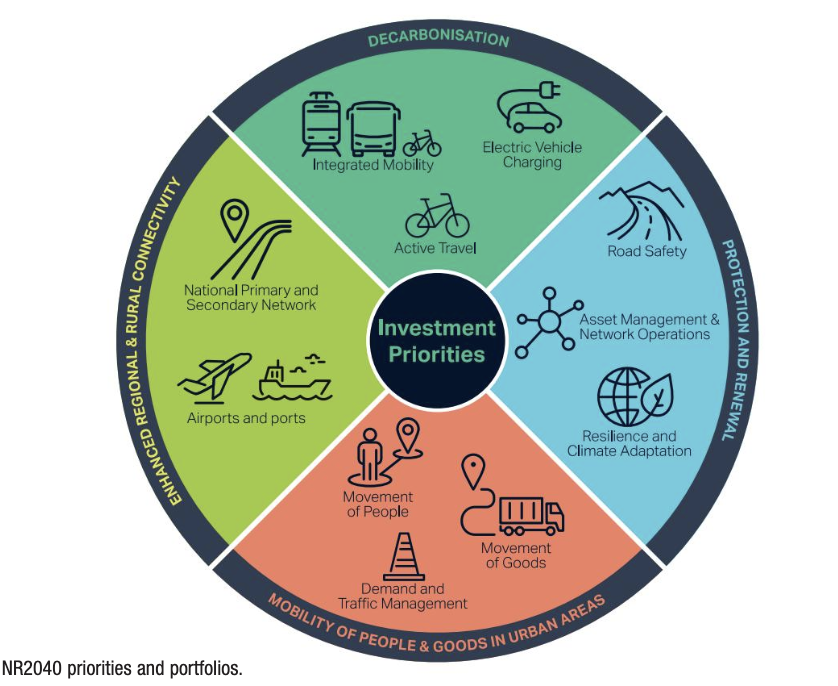
The decarbonisation investment priority reflects one of the greatest challenges of our time.
TII supports the avoid-shift-improve approach as identified in the Climate Action Plan 2023 (CAP2023). Shifting from the car to other modes will be key. Cycling and walking are the ultimate zero carbon modes. With the NR2040 Strategy, TII commits to providing a road network where the needs of all road users, including those cycling and walking, are considered. TII will work to improve active travel infrastructure on or adjacent to the national road network. This could involve provision of infrastructure to enable safe active travel along a national road or it could provide for safe crossing of a national road.
With NR2040, TII has identified integrated mobility as a measure to support decarbonisation. The goal here is to enable more efficient and less carbon intensive use of national roads through increased sharing of vehicles, whether private or public transport modes. TII will enhance accessibility and opportunities for interchange to enable trip-makers to choose the most efficient and convenient combination of modes. This can result in travel choices that are both socially and environmentally sustainable.
For urban trips where active travel or integrated mobility/public transport is not feasible, the electrification of cars will help reduce emissions. TII analysis shows that in the current Irish power generation context, shifting from internal combustion engine vehicles to fully electric vehicles can significantly reduce carbon emissions. TII will support the Department of Transport through provision of electric vehicle charging infrastructure along the national road network.
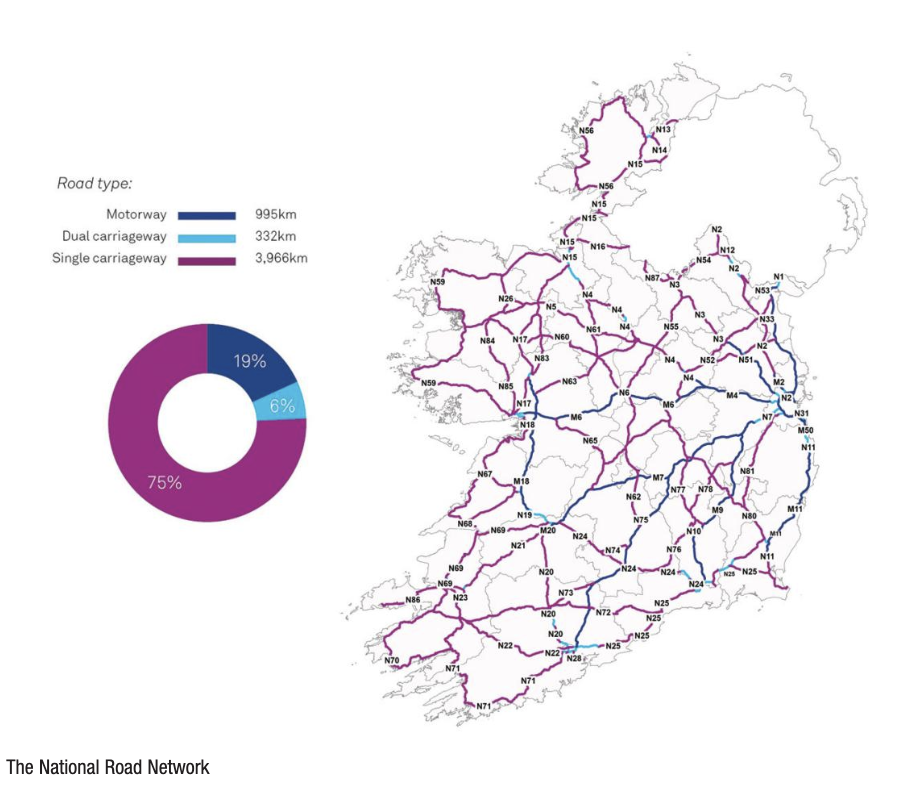
Supporting analysis for NR2040 using TII’s Road Emissions Model (REM) has identified that while 45 per cent of all road travel nationally occurs on national road network, national road traffic generates 35 per cent of road transport emissions in the state. This means that emissions are generally higher per vehicle kilometre travelled off the national road network.
However, TII analysis also shows that heavy goods vehicles are responsible for about 36 per cent of emissions coming from national road traffic. On congested urban road sections where trucks are concentrated, inefficient engine performance results in greenhouse gases being emitted on a large scale. Ensuring efficient movement of heavy goods vehicles is therefore key to reducing carbon emissions.
Protection and renewal
The protection and renewal investment priority represents the largest annual expenditure for TII, i.e., representing approximately 70 to 80 per cent of TII’s annual national roads budget. Working with local authorities and other stakeholders, TII will continue to work on improving road safety through implementation on its road safety programme. Through annual maintenance and renewals, TII will protect the significant state investment already made in national roads.
Maintenance and operation of the network will support the efficient movement of people and goods which is critical to the national economy and society at large. There is a need to ensure the road network is resilient to adverse weather patterns arising from climate change. TII must ensure the network is accessible for users, and this is particularly critical on lifeline routes where few or no alternative roads are available.
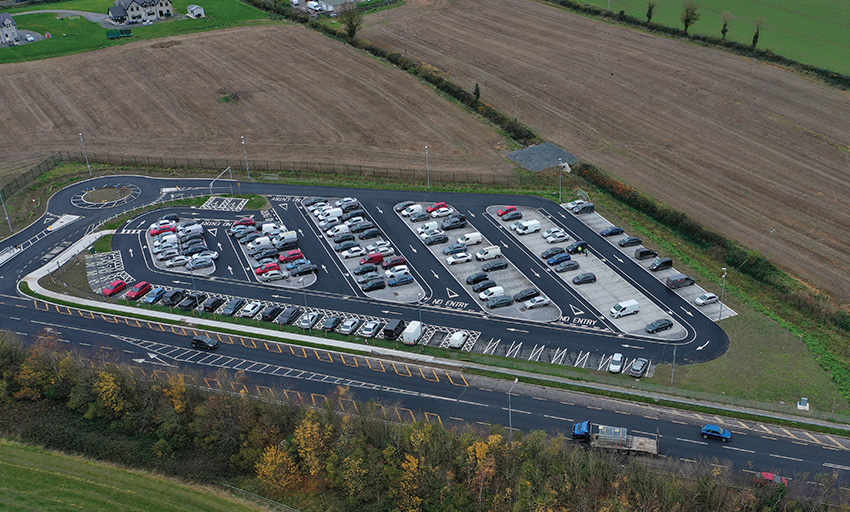
Movement of people and goods in urban areas
A key issue for urban national roads is the limited amount of road-space. Through NR2040, TII has identified measures that better utilise the existing road space. For people, this could mean TII working to ensure that car users on urban national roads have active travel alternatives or access to priority lanes for buses. For goods vehicles, this could mean priority freight lanes or the development of multi-modal distribution centres to enable more efficient carriage of goods.
Measures to address urban congestion will support both the objective of efficient movement of people and goods and the objective of decarbonisation. One such measure is the M50 Dynamic Traffic Management System. TII will expand deployment of this system to improve the performance and reliability of the urban national road network where appropriate. This in turn will reduce congestion and emissions.
TII will collaborate with the Department of Transport and NTA on any national or city-based demand management measures.
Enhanced regional and rural connectivity
The National Primary Network, including the motorway system, carries approximately 80 per cent of national road traffic. These primary roads provide regional, inter-urban and international connectivity and are vital to the economy of Ireland. 99 per cent of land freight is delivered via roads. Enabling the movement of goods along the national road network and ensuring journey reliability will provide confidence to businesses which is of importance to economic growth.
Not only does the national road network cater for the movement of goods, it is also essential for the movement of people. For many, particularly in rural Ireland, the national road network is a critical piece of infrastructure that connects their home to key services. In developing NR2040, TII used its National Transport Model to quantify where communities have the greatest dependency on national roads. In many locations, while not carrying large volumes of traffic, the national secondary network provides access to employment, education, healthcare and many ‘lifeline’ services important to everyday life. Ensuring availability of these lifeline roads is a priority in the strategy.
The National Planning Framework envisages a transport rebalancing regionally. It sets an ambition for average inter-urban speed of 90kph on the transport system between ten of the country’s key urban settlements. The key urban settlements included are the five cities and five regional centres. The cities are Dublin, Cork, Waterford, Limerick, and Galway. The regional centres are Drogheda, Dundalk, Letterkenny, Sligo and Athlone. Informed by extensive analysis using TII’s National Transport Model, NR2040 sets out where interventions along the national road network would support this ambition. This could take the form of online widening, short town bypasses or supply of new infrastructure in line with the Department of Transport’s investment hierarchy (NIFTI).
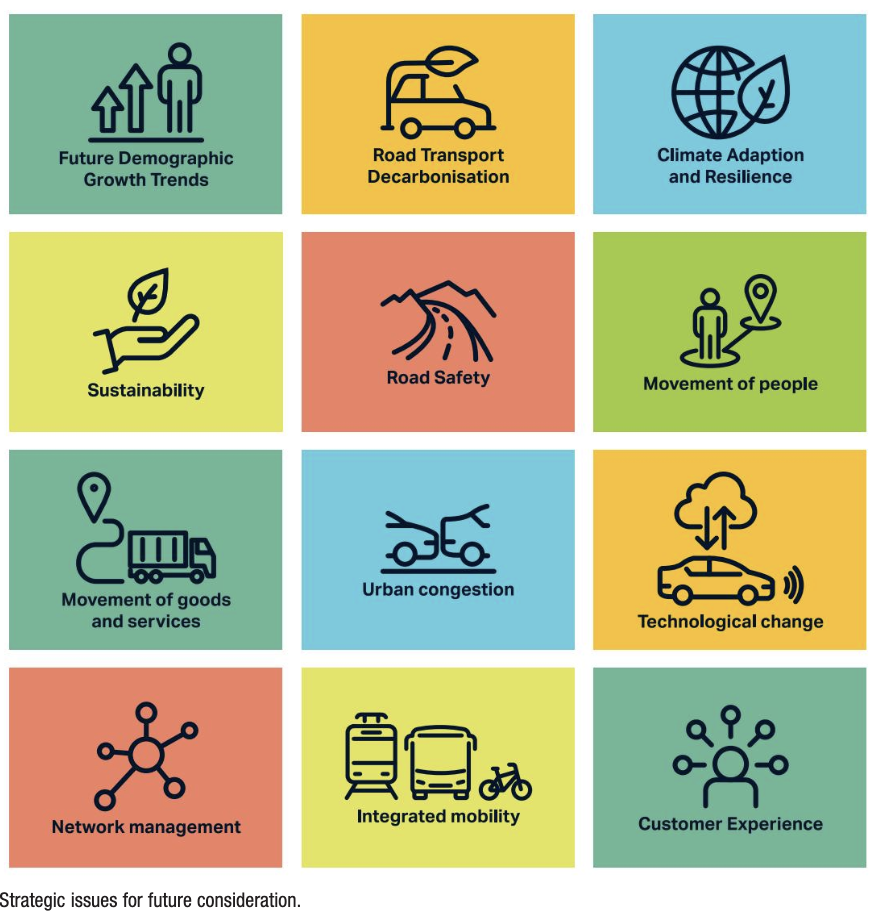
Looking ahead
Using our analysis, in NR2040 we have identified 12 inter-related strategic issues for national roads for the years ahead. Future investment will be considered with reference to these issues and themes.
The NR2040 investment priorities are reinforced by a series of TII commitments, further addressing the strategic issues identified for the national roads network in the coming years. With these commitments TII’s intention is to ensure we deliver a sustainable national road system.
Through prioritising investment as outlined in NR2040, TII will ensure that the national road network can continue to play a vital role in supporting the Irish economy. A considered approach to sustainable road transport, acknowledging differing user needs and contexts across the country, is at the core of the strategy. Overall, with NR2040, TII has a vision of an evolving national road network, with movement of people and goods, safety, and accessibility all central to this evolution.
NR2040 is:
- A response to government national planning policy: Project Ireland 2040
- A framework for investment in the face of social and environmental change.
- Communication of TII’s strategic perspective, providing guidance to sponsoring agencies/ local authorities.
For more information on the NR2040 strategy: E: derek.brady@tii.ie W: www.tii.ie
